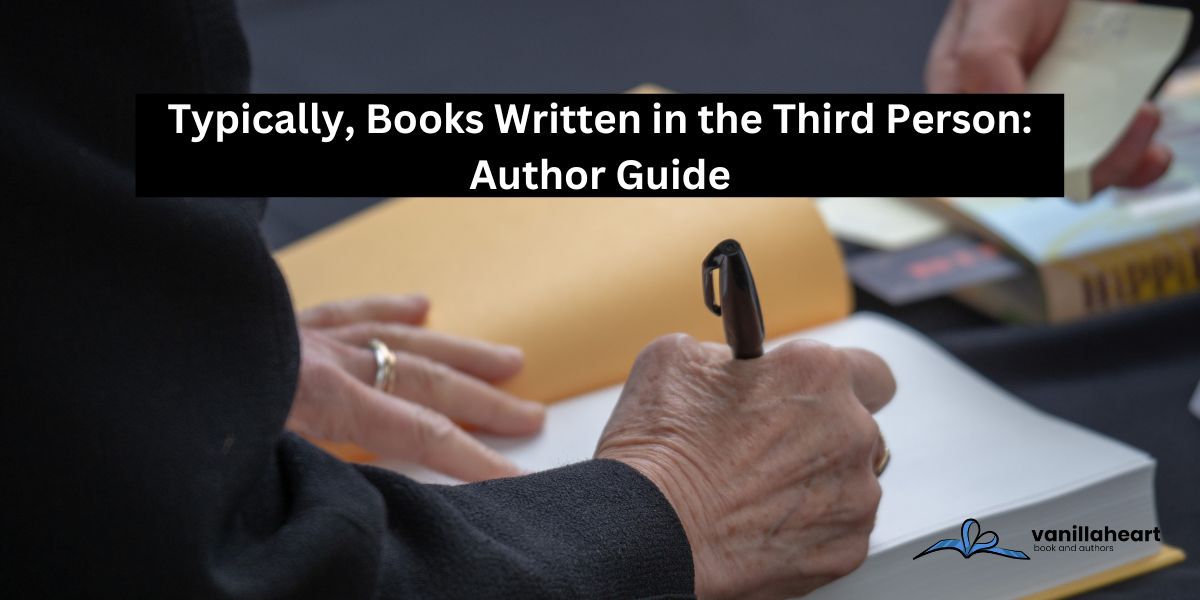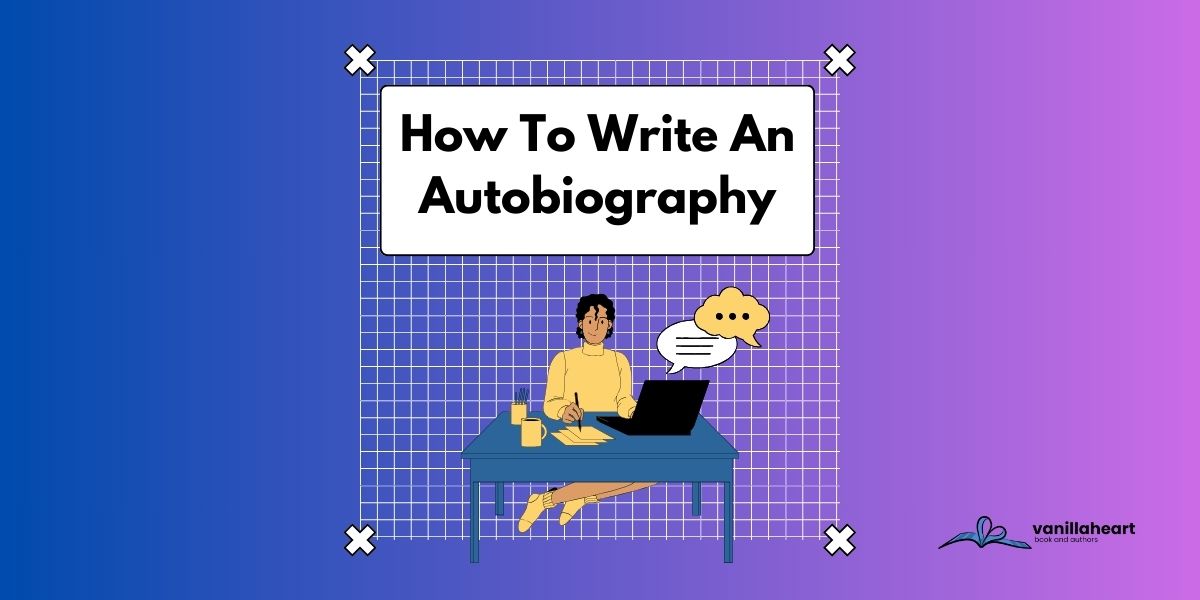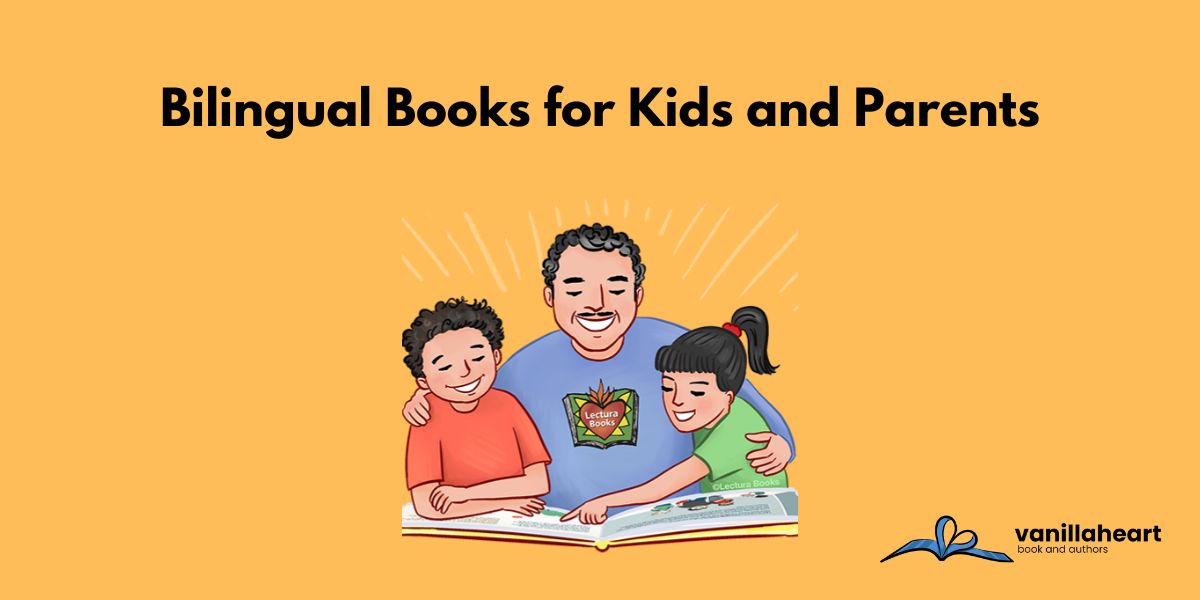
Book
In today’s digital world, the way we enjoy stories has shifted. People now want an experience that involves more of their senses. That’s where book animations come in—they blend the magic of traditional storytelling with eye-catching visuals, creating an exciting way to experience a story. In this article, you check the top 10 book animation examples that bring stories to life and inspire authors looking to enhance their storytelling techniques.
Lis of The Best Book Animation Examples
If you dream of becoming an animator and want to expand your skills and knowledge, these top animation and visual effects books are a must-read. They will guide your creativity on the right path and help you grow significantly in your animation journey.
1- Cartoon Animation by Preston Blair
Preston Blair’s Cartoon Animation book came out in 1994 and has been a helpful guide for making cartoons, especially those featuring animals.
This timeless book animation teaches you how to create and animate characters in a cartoon style. It gives clear instructions and step-by-step tutorials, helping you draw lively and expressive cartoon characters.
Since it came out, many beginners and experienced animators have found Cartoon Animation to be a go-to resource. It breaks down character design and movement in a way that’s easy to understand, making it a great authorial choice for anyone interested in animation.
2- Timing for Animation by Harold Whitaker and John Halas.
It explains how the timing of different actions in animated scenes can affect the emotions and impact of the animation. The book animation teaches artists how to skillfully control the speed of their work.
Understanding and effectively using timing is vital in animation, and this book animation provides a clear and practical approach to help animators improve the rhythm and appeal of their work. It’s a valuable resource for those looking to enhance their animation skills.
3- The Illusion of Life: Disney Animation by Frank Thomas and Ollie Johnston
“The Illusion of Life: Disney Animation” by Frank Thomas and Ollie Johnston is an outstanding book about creating Walt Disney Studios, one of the world’s most famous animation studios. It highlights Disney as a powerhouse in animation and sets the standard for excellence in the field.
This book animation takes you through the history of Disney animation, exploring the key ideas that have shaped its unique characters and stories. It focuses on the 12 principles of animation, showing how these concepts breathe life into characters and create distinctive animations.
4- The Animator’s Survival Kit by Richard Williams
“The Animator’s Survival Kit” by Richard Williams is a well-known book that provides a comprehensive guide to animation ideas and techniques. It covers everything from basic animation principles to more advanced character animation.
The book includes step-by-step tutorials, sketches, and pictures to help animators understand motion mechanics and create more appealing animations. Widely recognized as a valuable resource for animators at all levels, this book, authored by Academy Award-winning animator Richard Williams, is a must-have for anyone in the animation field.
5- Drawn to Life: 20 Golden Years of Disney Master Classes by Walt Stanchfield
This book is a standout among animation books. It consists of two volumes and is an excellent choice for animators looking to refine their technique. The book is a compilation of lectures by Disney animator Walt Stanchfield, offering essential skills for animating characters with vitality and expressive gestures.
It includes sketching activities and insights into the animation process derived from Stanchfield’s notes during his animation classes at Disney. The book covers motion drawing, character design, and drawing narrative. It provides practical instruction, drawing tips, and artistic wisdom to inspire animators to enhance their skills and artistic vision.
6- Animation for Beginners by Morr Meroz
This book is a valuable resource for those new to the animation industry. It serves as a detailed introduction for aspiring animators, aiming to strengthen their foundational knowledge and principles. The book covers essential topics such as creating a showreel, building a portfolio, and securing an animation job. It also provides a guide to hardware and software for 2D, 3D, and stop-motion animation. Additionally, readers can find a list of the top animation schools worldwide and recommended animation literature.
Morr Meroz, the book’s author, is an animator and filmmaker based in New York City. He started a YouTube teaching channel, eventually leading to the establishment of Bloop Animation Studios. Meroz shares his work and best practices through these platforms with a large community of animators.
7- Animated Performance: Bringing Imaginary Animal, Human and Fantasy Characters to Life by Nancy Beiman
This book specifically focuses on animating non-realistic characters, including animals, creatures, and fantasy beings. The book provides insights into giving these characters realistic and emotionally expressive performances. “Animated Performance” is especially valuable for animators working on projects featuring various imaginative characters.
8- Directing the Story: Professional Storytelling and Storyboarding Techniques for Live Action and Animation” by Francis Glebas
This book goes beyond just creating animated characters. It explores the less-explored aspects of storytelling and direction in animation. The leather book covers various storytelling techniques like pacing and cutscenes and essential elements such as tale structure, themes, and creating relatable characters.
This book is all about how to tell a good story through animation. It teaches animators how to plan and visualize their stories effectively using storyboarding, shot composition, and visual effects. “Directing the Story” is particularly helpful for animators who want to understand the art of storytelling and how to make animations that captivate and connect with emotions.
9- The Win Without Pitching Manifesto by Blair Enns
In “The Win Without Pitching Manifesto” by Blair Enns, animators are prompted to rethink how they approach their business practices and redirect their energy. The manifesto outlines twelve steps for animation business owners to distinguish themselves and attract clients.
This book advises owners of creative agencies and advertising firms to carefully strategize how they sell and promote their animation services. It also educates aspiring animators on the importance of understanding the business side of animation. Essentially, it guides animators on standing out in the industry and successfully winning clients without engaging in the traditional pitching process.
10- Animation Methods: Rigging Made Easy by David Rodriguez
“Animation Methods: Rigging Made Easy” by David Rodriguez is a top-notch guide for animators exploring character rigging, particularly using the Maya software. This comprehensive book explores rigging principles, making it a valuable asset for animators aiming to create lively and believable character movements.
Designed with simplicity in mind, this user-friendly book is highly recommended for emerging 3D animators. It breaks down the complex rigging concept and includes practical exercises and step-by-step instructions. These hands-on activities help readers build a strong foundation in character rigging, guiding them through the process from start to finish.
These books are helpful for animators at any skill level. They cover important principles, techniques, and creative approaches to create great animations. Here’s why these books are useful:
Inspiration:
The books showcase amazing artwork and animations by famous book trailer artists. This inspires animators to try new styles, methods, and storytelling techniques.
Practical Instructions:
The books provide step-by-step directions, drawing examples, and exercises. This makes it easy for animators to apply these concepts directly to their work.
Legacy of Animation Masters:
Many of these books are written by well-known animators who have significantly contributed to the animation industry. Animators can learn from these animation legends’ experiences and lessons, understanding their successes and failures.
Conclusion
These top 10 book animation examples show how powerful it is to mix words with pictures. Authors can get ideas from these examples to make their stories more interesting and unforgettable for readers.


